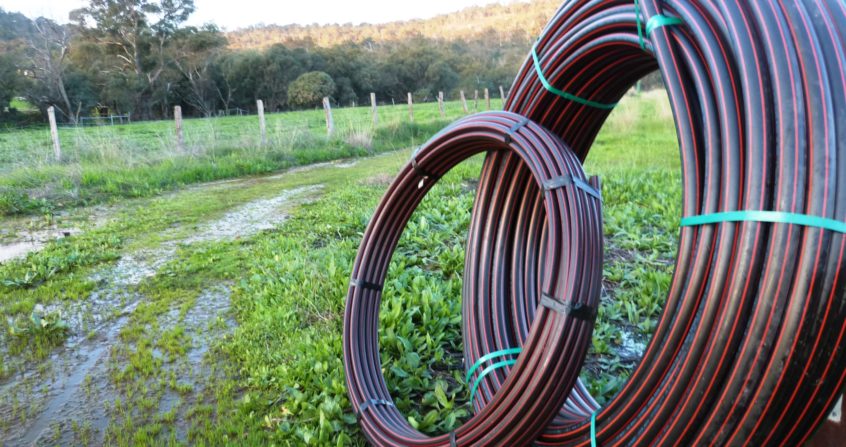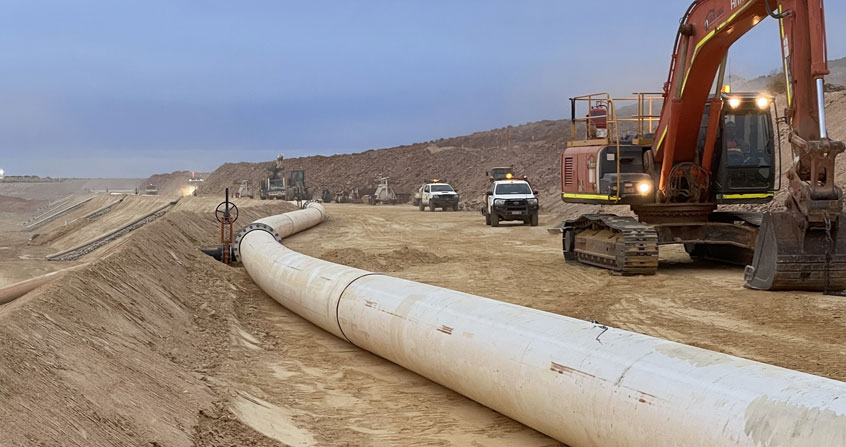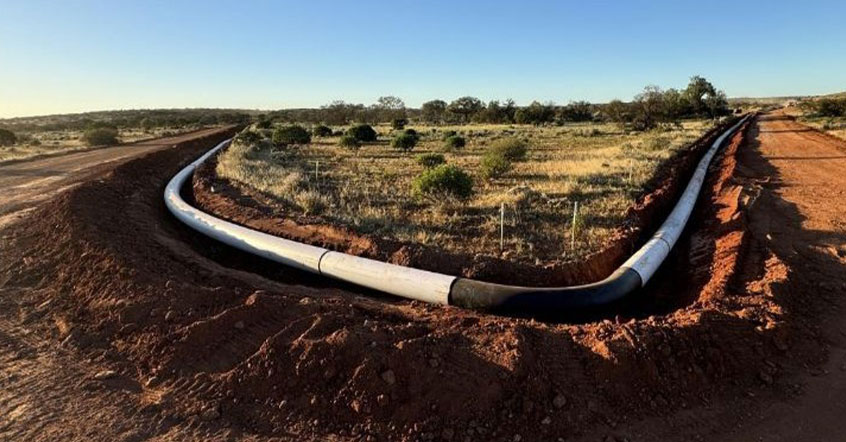Accuracy of Information
All technical information provided is subject to our Information Disclaimer: As always with Acu-Tech Piping Systems technical information, we supply this information as a guide in the interest of better understanding of some of the technical properties of our products. Acu-Tech has made every reasonable effort to ensure accuracy of the information provided, but this information may not be complete, especially for special or unusual applications. This information cannot be guaranteed because the conditions of use are beyond our control, and the information does not constitute a guarantee or warranty for any product.
Engineering Judgements
The application of such information may involve engineering judgements which cannot be correctly made without intimate knowledge of all the conditions pertaining to a specific installation. It must not be used in place of a professional engineer’s judgement or advice and it is not intended as installation instructions. The user is directed to consult a suitably qualified and experienced engineer to verify the suitability of any product for the intended application. Acu-Tech does not act as a consultant in this regard; the responsibility for the use of any information or advice contained herein rests solely with the user. The user of this information assumes all risk associated with its use.
Warranties & Liabilities
No warranty, expressed or implied, (other than Statutory Warranty) is given as to the information or results obtained by the use thereof, and Acu-Tech will not be held liable for any costs, direct or indirect, that may arise therefrom. All pressure ratings given are nominal and relate only to compatible gases as defined by AS/NZS 4130 and AS/NZS 4645.3 (minimum safety factor of 2) or pure water (minimum safety factor of 1.25) at an operating temperature of 20°C. These pressure ratings must be de-rated for elevated temperature applications. Some applications may require additional safety factors or de-rating due to flow media, fabrication, installation methods and operating conditions.
Regulations & Standards
Regulations and standards apply to water and gas pipework and may impose additional conditions on design, fabrication, installation and operation. For further information check with the relevant regulatory and/or specifying authorities. Company policy is one of continual improvement, therefore changes to technical information and specifications may be made without prior notice and without incurring liability. Contact Acu-Tech Piping Systems to determine if you have the most current information.
Disclaimer of Warranties
This information is provided by Acu-Tech Piping Systems “as is” and without warranty of any kind, expressed or implied, including (but not limited to) any implied warranties of merchantability, fitness for any particular purpose, or non-infringement. By using this information, the user agrees to defend, indemnify and hold Acu-Tech Piping Systems, including but not limited to, all of its owners, managers, officers, employees and affiliates, harmless against any losses, expenses, costs, claims, damages (including reasonable attorneys’ fees, experts’ fees and other reasonable costs of litigation) arising from, incurred as a result of, or in any manner related to the use of this information.








